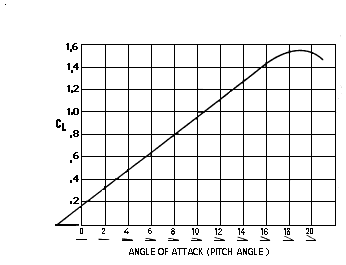40 degrees AOA Hi Load.

Hi load in windsurfing is not unusual. Just an example: if sailing 90 degrees, true wind - 25kt, with board speed 25kt, apparent wind will be at 45 degrees. In order to achieve AOA 40, relative angle of the sail to the board needs to be 5 degree. This is a real life situation which sailors experience probably every session, when excessive oversheeting occurs (unless sailing steep downwind). Let’s take a look how comparing airfoils take Hi load AOA.
Image below shows thin airfoil at AOA 40. As expected Hi pressure drops and center of Hi pressure area moves back. Low pressure becomes slightly higher and distributes over outer surface more even. What is not expected is air velocity magnitude drops from 46m/s to 25. It happens because inner curvature of the sail creates jet stream of air, forcing air on outer surface to stick - laminar flow. This is clearly visible where curvature of lower string on outer surface extends far beyond trailing edge. So, outer flow becomes laminar, outer surface air bubble becomes minimal, air flow speed separation becomes minimal as well and air velocity magnitude drops. All these due to thin profile. On one hand, trailing edge jet stream is good for early stall recovery or even postpone stall. On the other hand, energy spent on this converts to drag. Another fact is that Hi pressure area of thin airfoil shifts back, making combined center of lift shift as well.

Let’s take a look what happens to thick airfoil in the same scenario.

The good thing about thick airfoil is not only that air velocity magnitude and Hi and Low values are greater, but it is also very important that Hi pressure area remains exactly at that same location despite AOA changed 10 degrees. This very much contributes to wing sail stability.
Thin profile dramatically changes it's characteristics from 50 AOA to 40, where most important parameters are considerable shift of center and vector of lift. It makes thin profile highly unstable in comparison to thick profile.
In My next blog we will take a look at 30 degrees AOA.



















